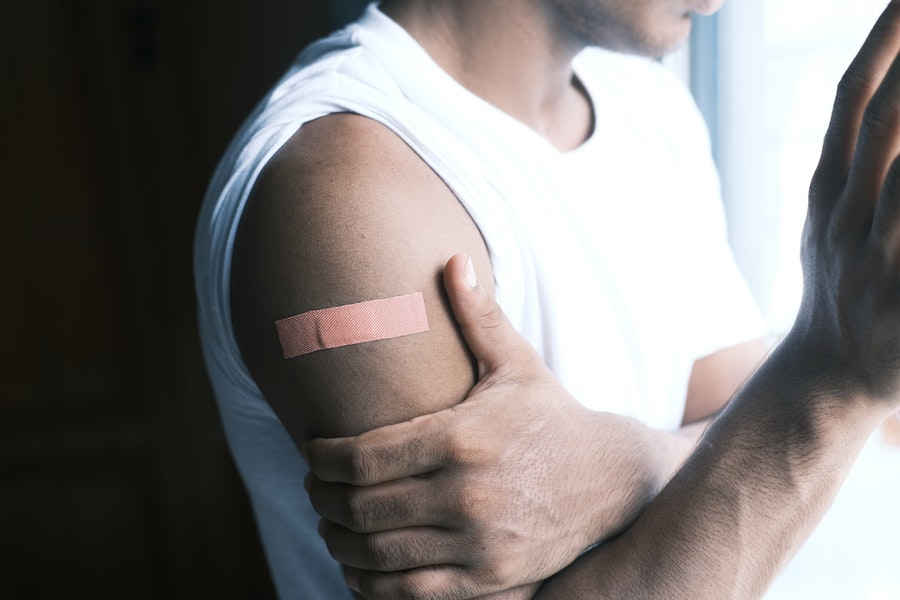
Securing compensation after an accident hinges significantly on the ability to conclusively prove and thoroughly document injuries. For many victims, this determines whether they receive the financial assistance needed to cover medical bills, lost wages, and other associated costs. The meticulous detailing of injuries, their impact on daily life, and the consequent financial strain is key in a personal injury case.. It’s not just about stating the injuries but effectively communicating their extent and long-term repercussions, presenting a compelling case for acquiring adequate compensation.
A common pitfall that many individuals encounter lies in the lack of understanding or underestimation of this documenting process. Missteps such as delayed medical consultations, inadequate photographic evidence, or poorly documented witness statements can severely undermine the case. Every piece of evidence and its presentation can make a marked difference. This article provides an overview of proven strategies, best practices, and tangible steps to effectively document and prove injuries, ensuring victims are well-equipped to secure the maximum compensation they are entitled to.
Understanding The Legal Requirements
The legal process that begins with the immediate aftermath of the injury involves the notification of the responsible parties, gathering of evidence, and filing of the claim. Central to this is the burden of proof; claimants must sufficiently demonstrate that the injuries sustained were a direct result of another’s negligence or intentional action. This encompasses a compilation of evidence, medical records, witness statements, and any other pertinent information that substantiates the claim. Consulting with a personal injury lawyer decreases your stress while increasing your chances of fair compensation. There are diverse types of compensation available – ranging from compensatory to punitive damages – each tailored to address various facets of the injuries sustained, their impact on the victim’s life, and the culpability of the responsible party. Each claim’s nature and complexity can vary widely, necessitating a tailored approach by an experienced professional to meet the legal requirements.
Documenting Your Injuries
Importance of Immediate Medical Attention
Seeking medical care immediately after an injury ensures the injuries are professionally assessed and documented, establishing an initial record that can support your claim.
Detailed Medical Records
Having an in-depth record of your injuries, treatments, and prognosis from a medical professional serves as concrete evidence of the severity and impact of your injuries.
Ongoing Treatment Records
Continuous updates on your medical treatment showcase the persistent nature of your injuries and their impact over time. Regularly taking photos during the recovery phase provides a visual timeline that strengthens the claim. These medical records can quantify the extent of damages for compensation.
Collecting Witness Accounts
Witnesses who corroborate the incident and injuries immediately securing their accounts ensure the details remain fresh and accurate. These accounts should be detailed, signed, and dated to serve as credible evidence during the claim process.
Expert Testimony
An expert’s voice can significantly bolster a claim, providing nuanced insights and professional assessments that confirm the severity and ramifications of injuries. Experts can articulate complex medical situations in a manner that’s clear and compelling to the jury or insurance adjusters.
Steps Towards Proving Your Injuries
1. Medical Records
Maintaining detailed and up-to-date medical records substantiates your injury claims. It’s not just about the immediate aftermath but also ongoing treatments that highlight the extent and persistence of the injuries.
2. Expert Testimony
Engaging professionals who can attest to the severity and implications of your injuries boosts the credibility of your claim. Their expertise can foresee the impacts that might not be apparent to laypersons.
3. Establishing a Clear Link
Drawing a direct correlation between the incident and the injuries sustained should be a primary source for your case. It’s about presenting irrefutable evidence that the defendant’s actions or negligence directly resulted in your injuries.
The Role of Legal Counsel
When to Hire an Attorney
The decision to enlist an attorney is often contingent on the complexity of the case and severity of injuries. Legal counsel is indispensable in opposing counsel strategies, and insurance company tactics, ensuring victims’ rights are represented.
How an Attorney Can Strengthen Your Claim
Attorneys adeptly handle evidence gathering, legal documentation, negotiation, and court representation. Their expertise amplifies the credibility and persuasiveness of the claim, they translate complex legal jargon, prepare the evidence, negotiate settlements, and ensure the victim’s narrative is compellingly presented.
The Impact Of Comparative Negligence
The principle of comparative negligence often adds a layer of complexity to personal injury claims. In scenarios where the injured party is partially at fault for the incident, compensation can be reduced proportionally to their level of fault. For instance, if you are deemed to be 20% at fault, your compensation might be reduced by that percentage. It emphasizes the necessity of a well-articulated and evidentiary robust presentation to mitigate the reduction in compensation. A proficient attorney can adeptly present an argument that focuses on the defendant’s primary liability, backed by concrete evidence. They focus on highlighting the defendant’s negligence, minimizing the victim’s fault, and ensuring fair compensation that encompasses the full scope of the victim’s injuries and associated losses.
Detailed documentation and compelling proof are the linchpins that hold the claim together to secure fair compensation. Equipping oneself with knowledge on gathering tangible evidence, understanding legal requisites, and the instrumental role of legal counsel can markedly tilt the scales in favor of the injured. As we’ve unfolded, each step, from the immediate aftermath of the injury to the final stages of legal proceedings, is imbued with opportunities to strengthen your claim, paving the way for the justice and compensation you rightly deserve.